1. Carleton Watkins
Carleton Watkins (1829-1916) began his career by moving from New York state to California and being an apprentice in the Daguerreotype style of photography. He then worked photographing mining operations for businesses. When he took a trip to Yosemite in the early 1860s, he was stunned by the beauty of the nature. His photographs of Yosemite are highly regarded and famous, and even helped influence President Lincoln to preserve the Yosemite Valley. He took mostly stereograph images. Stereographs consist of two similar images placed side by side, creating a 3D effect when viewed through a stereoscope. The techniques he used were incredibly difficult. He had to carry approximately 2,000 pounds of equipment with him, and had to create a makeshift darkroom in the wilderness. He used light-sensitive glass plates, and they had to be coated in a special chemical. If the photographs turned out blurry or overexposed, he had to start over with a new plate of glass.
Mirror View of the North Dome, Yosemite
This photograph of Yosemite really captures its beauty. The photograph is very detailed and clear, with good use of value and balance. The photograph displays the untouched, serene nature of the land. The mountain and its reflection are the main centerpiece of the image, and the stillness of the water is shown by the clarity of the reflection. The mountains in the background seem to fade away into the sky, creating depth.
Cape Horn, Columbia River, Oregon
This photograph again portrays a calming and beautiful scene from nature. Watkins also includes a few boats and a man in the photo, which is not very common for this artist, but helps us see the relationship between man and nature. Watkins' image displays a lot of contrast in value, from the dark of the rocks in the foreground, to the light of the sky and water in the background. The man, who is darkly clothed, stands out from the lighter boat and water.
An artist that may have been inspired by Carleton Watkins is the American photographer Bruce Dale, who worked for National Geographic for 30 years. His landscape photography of state and national parks for National Geographic has a similar mood and a similar look to that of Watkins.
Bruce Dale for National Geographic
2. Alfred Stieglitz
Alfred Stieglitz (1864-1946) was an American photographer who wanted to show that photography was as worthy an art form as the more traditional sculpture and painting. He often used snow, steam, and rain in his early photographs, which looks almost impressionistic. Later, he changed his style for more realistic portrayals of his subjects, though he still took photographs in a more abstract style, such as his collection "Equivalents". He married the painter Georgia O'Keeffe, and took many portraits of her.

The Terminal
Stieglitz uses steam and snow in this photograph to create a haziness: the action in the photograph seems calm and peaceful because of them. The photograph is similar to impressionist paintings, as the subject is blurry and obscured, and he uses natural elements such as steam to enhance the image.
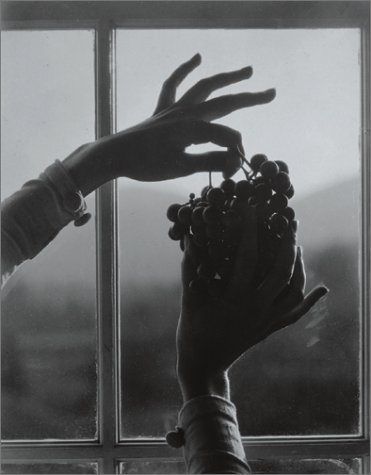
Georgia O'Keeffe--Hands and Grapes
This photograph is very different from the previous one: the mood has changed from calm to striking and dark. We do not see the subject's face, only her hands, which adds a mysterious element to the photograph. Furthermore, the hands are silhouetted by the light from the window, which also makes the image more unique and mysterious. There is a gradual change from dark colors near the bottom half of the image to lighter colors near the top of the image, with the hands popping out against the light. The position of the hands and the grapes is harsh and almost unnatural and strained, which makes the image more of a statement than a comforting, calming image.
3. Eva Watson-Schütze
Eva Watson-Schütze (1867-1935) was a seccessionist photographer. She started out as a painter, but later discovered photography and opened up her own portrait studio in Pennsylvania and was discovered by Alfred Stieglitz. Her photos were often portraits of women that had a misty quality to them.
4. Ian Ruhter
Ian Ruhter is a contemporary photographer who uses the large-scale collodion wet plate technique. He is known for creating a giant camera out of a truck to make his photography mobile. Many of his photographs are 48" x 60".
5. Arthur Rothstein
(The FSA) The Farm Security Administration was an agency (created in 1935 as the Resettlement Administration, then became the FSA in 1937) as a part of the New Deal. It tried to improve the quality of life for the impoverished in rural America during the Great Depression. The FSA mostly worked on resettlement of farmers to more efficient group farms. The FSA photographers took photos of life in rural America. Perhaps the most famous of these photos is "Migrant Mother", taken by Dorothea Lange in 1936. Eleven photographers were hired, and they were told to emphasize the poor conditions of the farms. Their photos are now considered national treasures.
Arthur Rothstein was the first photographer hired by the FSA. His professor at Columbia University, Roy Stryker, was also the head of the Photo Unit in the FSA.
3. Eva Watson-Schütze
Eva Watson-Schütze (1867-1935) was a seccessionist photographer. She started out as a painter, but later discovered photography and opened up her own portrait studio in Pennsylvania and was discovered by Alfred Stieglitz. Her photos were often portraits of women that had a misty quality to them.
Hanni Steckner Yahrmarkt and her daughter Helga, 1909, Eva Watson Schütze
The lighting highlights the girl's face, and emphasizes the two vertical lines of the girl and the mother. The mother and child's positions create a sense of balance. This is typical of her work, as she mostly photographed children and women. The child's and mother's gaze towards each other is really tender and creates an intimate and loving mood.
Portrait of Girl Among Flowers by Eva Watson-Schütze c.1910
This photograph exhibits the dreamy, misty quality of many of Watson-Schütze's portraits. Again, it is of a girl. The garden in the background adds to the femininity of the portrait and as well as texture. The photo is fairly low-contrast, which in fact adds to the dreaminess of the image. The girl is looking to the side, not towards the camera, which could indicate introspection.
Ian Ruhter is a contemporary photographer who uses the large-scale collodion wet plate technique. He is known for creating a giant camera out of a truck to make his photography mobile. Many of his photographs are 48" x 60".
Snow Trees, 2011.
He uses vertical lines in this photograph, as well as the texture of snow on the branches. He highlights the bareness of the trees in the foreground with the snowy trees in the background. There are no humans or animals in the scene, giving it a serene and pure quality.
Half Dome Yosemite, 2012.
This photograph exhibits how Ruhter uses his medium to add to his photos. He uses the undeveloped corner to frame is photograph. The lines of chemical above the cliff add interest. The trees at the bottom also help frame the image. The cliff is on the left side, not at the center (the rule of 3). This shot uses mostly horizontal lines to create calmness. There is a lot of contrasting black, white, and mid-tones.
5. Arthur Rothstein
(The FSA) The Farm Security Administration was an agency (created in 1935 as the Resettlement Administration, then became the FSA in 1937) as a part of the New Deal. It tried to improve the quality of life for the impoverished in rural America during the Great Depression. The FSA mostly worked on resettlement of farmers to more efficient group farms. The FSA photographers took photos of life in rural America. Perhaps the most famous of these photos is "Migrant Mother", taken by Dorothea Lange in 1936. Eleven photographers were hired, and they were told to emphasize the poor conditions of the farms. Their photos are now considered national treasures.
Arthur Rothstein was the first photographer hired by the FSA. His professor at Columbia University, Roy Stryker, was also the head of the Photo Unit in the FSA.
Farmer and sons in dust storm, Oklahoma, 1936.
A young boy covers his mouth during a dust storm on farm. Cimarron County, Oklahoma. April 1936.
6. Dorothea Lange
Dorothea Lange also studied at Columbia University. She then moved to San Francisco to work as a portrait photographer. She is best known for her photos for the FSA, especially the portrait "Migrant Mother", which is one of the most famous photographs in history.
Migrant Mother series. Woman with children in a tent. Nipomo, California. 1936.
Woman standing outside wooden shack with two small children and baby. Tulare County, California. 1936.
Mercado do Bolhão, Porto, Portugal. 1955.
Building the Fort Peck Dam, 1936. (the first LIFE photo cover!)
7. Henri Cartier-Bresson
Henri Cartier-Bresson (1908-2004) was a French humanist photographer who specialized in street photography. Throughout his art education, he was inspired by not only modern art but also renaissance art. He also was inspired by the Surrealist movement's technique of "using the subconscious and the immediate to influence their work". He had a really interesting life, from having an affair with his fellow photographer's wife, to moving to Africa, to serving as a Corporal in the Film and Photo unit during WWII.
Siphos, Greece. 1961.
Market in the Rue Longue, Marseille. 1954.
These photos catch interesting snapshots of life around Europe. The photo from Greece perfectly frames the little girl running up the stairs in the middle of the shot, and utilizes the black and white photography to its full potential by using a full range, from white to mid-greys to black. The photo from the fish market conveys the chaos and vivacity of daily life. The expressions on both the merchant's and the customer's faces feel real, and captured in the moment. The photo transports us to that scene. The last photo, from Portugal, frames the woman in the center of the frame, and the pigeons add interest and a sort of whimsical, otherworldly feel to the photo. The stairs give the photo horizontal and vertical lines, giving the photo structure and dark and light points.
8. Margaret Bourke-White
Life Magazine had an emphasis on photojournalism. According to Wikipedia, Life was "the first all-photographic American news magazine". Margaret Bourke-White (1904-1971) was an American photographer. Her photograph was published on the cover of the first issue of Life. She was also the first American female war photojournalist.
The 10th anniversary Life cover.
The first cover shows strong vertical lines and showcases the pattern of the dam's towers. The 10th anniversary cover is almost surrealist (and features the first magazine's cover!) with the 'magazine within the magazine' idea. The girl's expression is hard to describe--perhaps a little sassy. The use of red in the cover is really eye-catching.
9. Willard Van Dyke
Group f/64 was a group of San Francisco photographers who took sharply focused photographs relating to the American West. They took a modernist approach and rejected the pictorialist style that was popular in the early 1900s. Willard Van Dyke (1906-1986) was an American photographer and filmmaker. He apprenticed with Edward Weston in 1928 and co-founded Group f/64 in 1932. He then became a documentary filmmaker.
Berkeley storefront with fence, 1934.



Bone and Sky, 1932.
The photograph "Bone and Sky" is a very simple photo. The plain background makes the bone's details stand out. The shadows emphasize the curves of the bone. The bone has both very light and dark tones, and the background is a mid-tone, so the bone can pop out of the image. The storefront photograph is an example of Van Dyke's passion for documenting social issues. The storefront is run-down looking, and the the fence has graffiti. It shows a piece of daily life in the American west during the Great Depression.
10. Mary Ellen Mark
Mary Ellen Mark (1940-2015) is a world renowned photographer. She grew up in Pennsylvania and at age 9 began photography with a Box Brownie camera. In college, she studied art history and painting, and then photojournalism in grad school. When she moved to New York City in the 60s, she began focusing her photography on the countercultures and taboo subjects of the time: homelessness, prostitution, transvestites, etc. She also tends to photograph children and teenagers. She published 18 photography books, and contributed to magazines/newspapers such as Life, Rolling Stone, The New Yorker, The New York Times, and Vanity Fair. She also worked in films, taking production stills for films such as Apocalypse Now and Catch-22.
From the photo essay "Ward 81", in the maximum security ward of the Oregon State Hospital. 1978.
"Turkish Immigrants", from the photo essay "Passport". Istanbul, Turkey. 1965.
"A brothel hallway at night", from the photo essay "Falkland Road". Bombay, India. 1978.
ANALYSIS OF "A BROTHEL HALLWAY AT NIGHT":
In this photograph, a man in the foreground glances at three young women in a hallway, as the title states, of a brothel. The women are staring back at him. In the background, a fourth woman poses, washed in yellow light. The man's shirt glows yellow, where the women are tinted an orangey-red. The focus is on the three women, whereas the man is out of focus because of a motion blur. The hallway is narrow and the yellow lights shine on the figures from the left. There is a black border and a slight vignette around the image. A faint green light highlights the left woman's hair and neck and a window frame. The photograph concentrates on vertical lines, and a slight frame within a frame with the end of the hallway in the background adding light to the image.
The photograph is balanced, as the man is on the right in the foreground, and the women are on the left further down the hall. There is an emphasis on the woman to the right, as the yellow light shines on her face and clothing but not on the others, and she is placed in the center of the image with the light from the end of the hallway acting as a halo around her.
The warm colors, narrow hallway, and vignette hint at a feeling of intimacy, and the blur of the man adds a sense that the photo is a snapshot of a fleeting moment. The placement of the man in the foreground shows that the focus is on the man's judgement or choice: he is in control. The women appear neither happy nor upset, but there is a calm, calculated intensity about their expressions. For the photo essay from which this photograph is a part of, Mary Ellen Mark traveled to Bombay, India and befriended the women on Falkland Road "where less expensive prostitutes live and work, an area famous for the cage-like houses in which some of the women live", as Mark noted in the preface to her book. This fits with the common theme in Mark's work of showcasing the people in the "troubled fringes" of society. With the man showing dominance, Mark critiques the prostitution system on Falkland Road. There are not just physical cages for these women, but metaphorical cages too. The women are chosen by men, and depend on the men for their livelihood.
To me, this photograph does an excellent job of explaining the nuances of prostitution in a sophisticated and subtle way. The lack of a face of the man contrasted with the intimate mood show both the anonymity and individuality of prostitution. The quiet intensity of the women hints at the forced necessity for them to give up their bodies to customers and the internal struggle between the loss of life and the loss of bodily control.
11. Fazal Sheikh
Fazal Sheikh was born in 1965 in New York City. He went to Princeton where he studied photography and traveled to Kenya to take photos of Rwandan, Sudanese, Ethiopian, Somali, and Mozambican refugee camps. Later, he traveled to Pakistan and Israel/Palestine and took photos there. He is known for photographing "people living in displaced and marginalized communities around the world" (fazalsheikh.org). The exhibit was mostly in black and white film, although the collection "Ether" was in color film. There were different themes throughout the exhibit for different regions and different people. Beside many of the portraits were stories of the people photographed.
From "The Victor Weeps"
From "Moksha"
From "Ether"
The guided meditation was really helpful and made the artwork from "Ether" more meaningful to me. When I could immerse myself in the photograph and let everything else fall away, I could appreciate details I wouldn't have otherwise noticed. I felt so calm and the artwork came alive for me. I noticed the waves of silvery threads of the man's beard, and the way his arm was tucked in his armpit. I noticed the worn yellow hem of his sleeve, and the zipper on the edge of his bag. The pink ribbons stood out to me as well. I noticed the gleams of light on his eyelid, and the warm glow on his nose, cheeks, and forehead. The red flowers on his bag reminded me of the red of his clothing. I thought the atmosphere of calm as he was sleeping was beautiful. When I looked at the caption, I realized that he was a pilgrim sleeping among the dead in the streets of Varanasi to ritually bathe in the Ganges. While he created this photo essay, Sheikh "thought of the ways that the mind and body disconnect while sleeping and dreaming...and of the many physical and spiritual journeys one makes during the course of a lifetime". This exercise made me feel more connected to not only the artwork, but also to the world.
A classmate meditated on a photograph of a man sitting on the ground with his arms crossed and a wary expression. He liked how the background of the dirt floor and wall were the same color and there was a subtle vignette so that the man stood out. He also liked the man's expression, and how the fabric of his clothing draped, creating highlights and shadows.
12. Emulation Artist - Disclosure
The band Disclosure is an electronic music duo (two brothers) especially known for the song Latch, a collaboration with singer Sam Smith, described as "showstopping, indelible, and effusive". Their logo and album artwork feature white line drawings of faces overlayed over the faces in the images, what they call the "scribble face". The scribble face was featured in the Latch music video. They grew up in a musical family, and were inspired by Motown's Marvin Gaye and Stevie Wonder. When they began watching DJs, they were inspired by Joy Orbison's Hyph Mngo and wanted to make "pop songs structured in the style of house and garage".
Disclosure's music video for Latch (that inspired my emulation) - 2012:
Shots from Disclosure's music video Latch:
Disclosure's music video Holding On - 2015:
Shots from Disclosure's music video Holding On:
Cover art for the album Caracal (the scribble face was modified for the cat) - 2015:

Lorde (collaborating with Disclosure on their song Magnets) at the BRIT awards in 2014 (notice the scribble face):

A photo of the band members for a Billboard article in 2016:

I first heard about Disclosure when I saw their music video for Latch. I loved how dreamy and beautiful the cinematography was, and the message of love in the song and video. Their more recent music videos are more futuristic and the cinematography is still really beautiful--their use of color and lights is unique.
My emulation was inspired by Latch, the first Disclosure music video I saw. I was curious about the faces, because they would appear for a frame and then disappear with no explanation. They were so mysterious. I also loved the different love stories between each pair in the video, and of course the lights and colors throughout to create different moods. I made a video of my own using a remix of their song "Boiling" and I shot videos of different people I know. I tried to create a small story with each person and scene. Maya and Enrique have been dating for a year now, and I wanted to show their comfort with each other to be who they really are. I also filmed my cousin Molly in a darker and moodier environment to emulate the more mysterious mood of Disclosure's recent work. Also in my film is my friend Coltrane, who is a very kind person and a nature lover. I filmed him in a cherry tree to allude to his cheerful, creative, and gentle personality. I tried to use some color schemes found in Disclosure's work--the soft pink and the cool teal. I even emulated the use of text in Latch in my video, using a semi-transparent background and transparent text with the video in the background. For my filmmaking, I used a new technique called lens whacking (aka free lensing) in which I detach the lens off the camera body and hold it close to achieve an incredibly shallow depth of field and colorful light leaks that make the shot more dream-like. I color graded Maya and Enrique's footage, but the natural colors in the other locations was beautiful and I kept it the same. I also drew my own "scribble face" and overlayed it over the faces in Adobe Premiere Pro, making it flicker along with the music. I also noticed the lens flares in the Latch music video and had a lens flare in one of my shots.
See above for shots from the Disclosure music videos, inspiring the style of my emulation.
13. Alex Webb
Alex Webb (1952-present) is a New York photographer known for his vivid color photographs, especially from the American south, Latin America and the Caribbean. He began his career as a photojournalist and joined Magnum Photos in the 70s. He has published 16 books. In an interview with the New York Times, he said that he takes "complex photographs because [he experiences] the world...as a very complicated and ultimately inexplicable place".
HAITI. 1987. Gonaives. Election day.
I really like the colors of this photograph: the white of the car's rust and the girl's dress, and the pale yellow, muted mauve, and dark blue of the walls and car. The girl is perfectly composed in the archway. There is so much emotion in this piece, both from the soft, moody colors and from the girl's expression and the rusted car. It tells a story.
TURKEY. 2001. Istanbul. Outside of the Blue Mosque during Ramadan.
From what I can tell by looking at Webb's photographs, he loves this color combination of cool green and orange. The little boy with the cotton candy is very sweet and by the boy's almost guilty expression, it seems as though he maybe shouldn't be eating it during Ramadan, the time of fasting. There are two adults standing in the back, which not only adds depth to the image but also adds some mystery. The pink of the cotton candy really stands out from the green walls. This photograph is really memorable.
GRENADA. Gouyave. Bar. 1979.
This photograph is great! I love the vivid reds, yellows, and greens. The smoke is a cool effect--it makes the mood of the photograph edgy and rebellious. The people are perfectly composed so the photo feels balanced--three people is the magic number for a group shot, it always seems to feel balanced. I think it's cool how one of the men is completely in yellow, the other is completely in green, and the man in the center is halfway between the two.
14. Masao Yamamoto
Masao Yamamoto, born in 1957, is a Japanese photographer. He started out studying oil painting, and his love of painting finds its way into his photography, as he often "dyes, tones (with tea), paints on, and tears his photographs". He is known for his small and minimalist photographs.
Untitled #613.
I am in love with his photos! This one is especially lovely. All you can see is the two sides of the forest, the rainy path in the center, and two walking people. You don't see where they are going, which makes the piece beautifully mysterious. I love that the lighter tones are not white, but a cream color, softening the image. The mood is so peaceful. It feels almost like an impressionist painting.
Kawa=Flow #1632.
This photo is absolutely stunning. The trees look like ghosts in the night, and with the trees as the lighter color, you can see their intricacies and delicate twigs. They appear so fragile. Above them, there are a few stars. The stars add so much to this image. They make the whole photo magical.
Kawa=Flow #1659.
I think I'm just in love with this photographer's work. The white swans are against a white background, so their beaks stand out. The monochromatic look of this photo really makes it wonderful. He really captured the grace of the swans with having everything be white. Also, there are so many swans! I usually only see two swans together, but never so large a group. But it doesn't make the photograph chaotic--to me, it just makes the photo more unique.
A Box of Ku #13.
This photo. My goodness! It is so beautiful. The white dove in the center of the image, delicately perched on a rock, looks at his reflection in the pond. There are little cream speckles scattered around the photo. This one has a little more meaning than the others. The dove is a symbol of love and peace, and the pond as a mirror is like self-reflection. Again, these speckles or stars really add to the magic of the photograph. I also really like how the edges of the photograph are torn.
15. Woody Gooch
Woody Gooch (born 1995) is an Australian photographer known for his surf photography. He currently is living in Tokyo.
I discovered him on Instagram (about a year or two ago?) and I loved how every photo he took was artistic, and he took new angles and techniques of photographing the ocean.
I really like how crisp this wave is and how much detail there is in the ripples of the waves and the white froth at the top. It's a very minimalist photograph.
The mood of this photograph is really what makes it shine I think. There is a slight vignette around the image, and the rain, the faces popping out of the water, and the raindrops showing up on the water's surface all add to this calm, sad mood. The colors are all blue as well. I like how he doesn't just take generic photos of surfers. His photography captures all the elements of the ocean and of surfing life.
I like how the surf looks like the galaxy in this one. It's a dynamic pose by the surfer.
The colors in this photo of a wave remind me of iridescent feathers or beetles. I love how rich the colors are. It's also interesting that he flipped the photograph to be sideways.





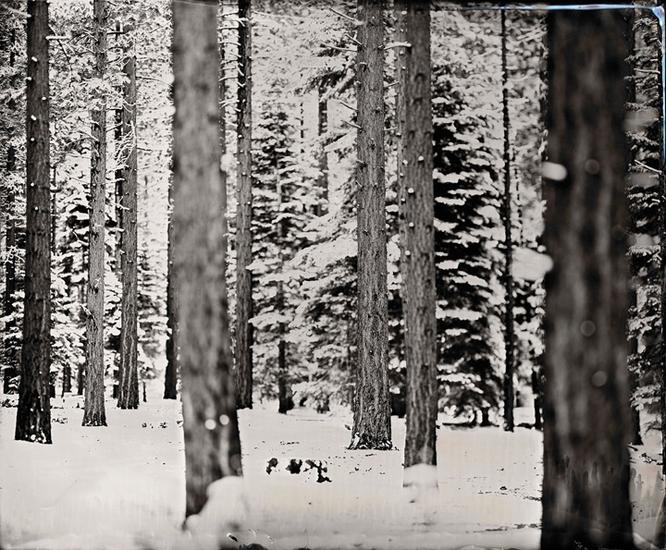
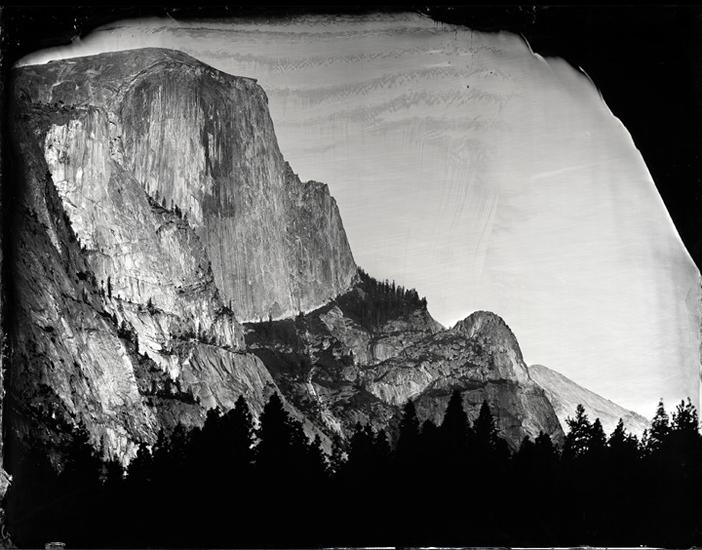




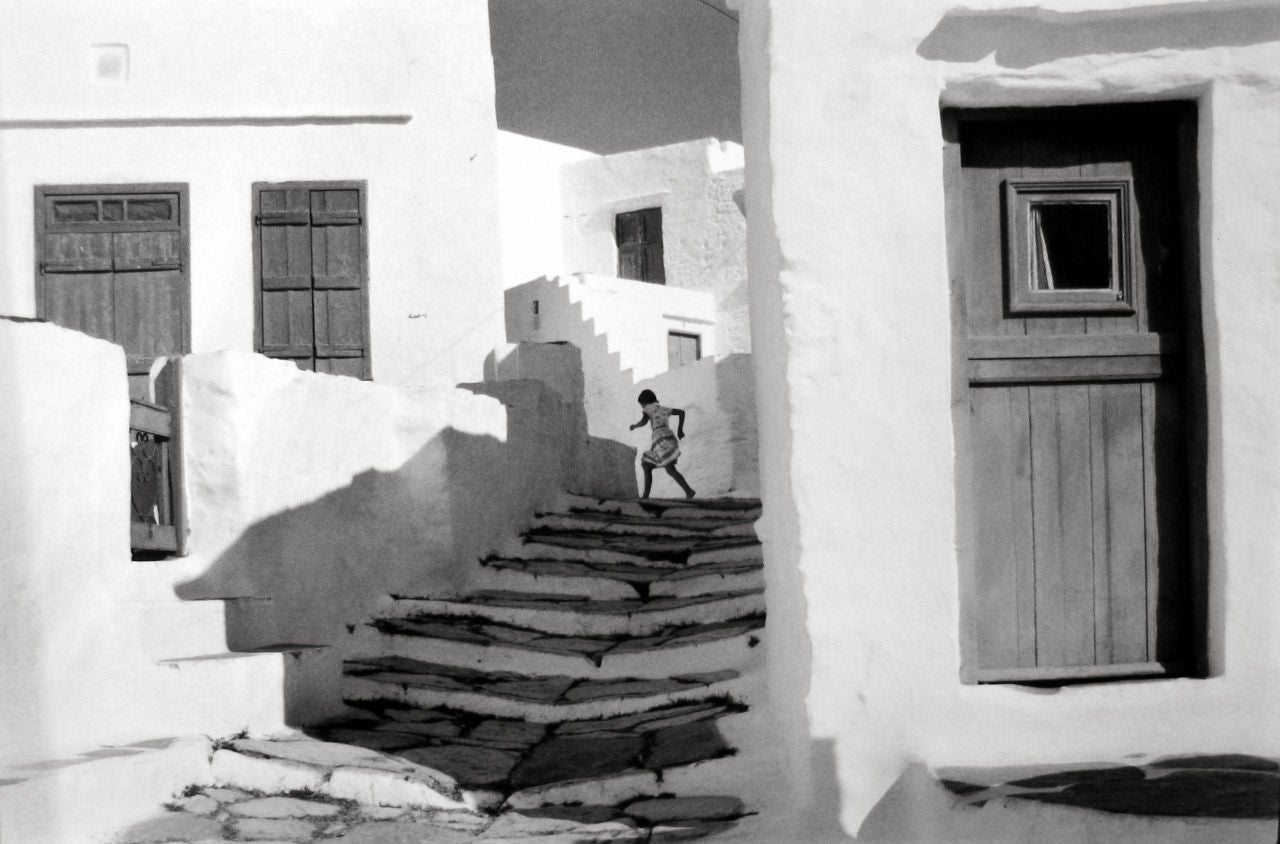
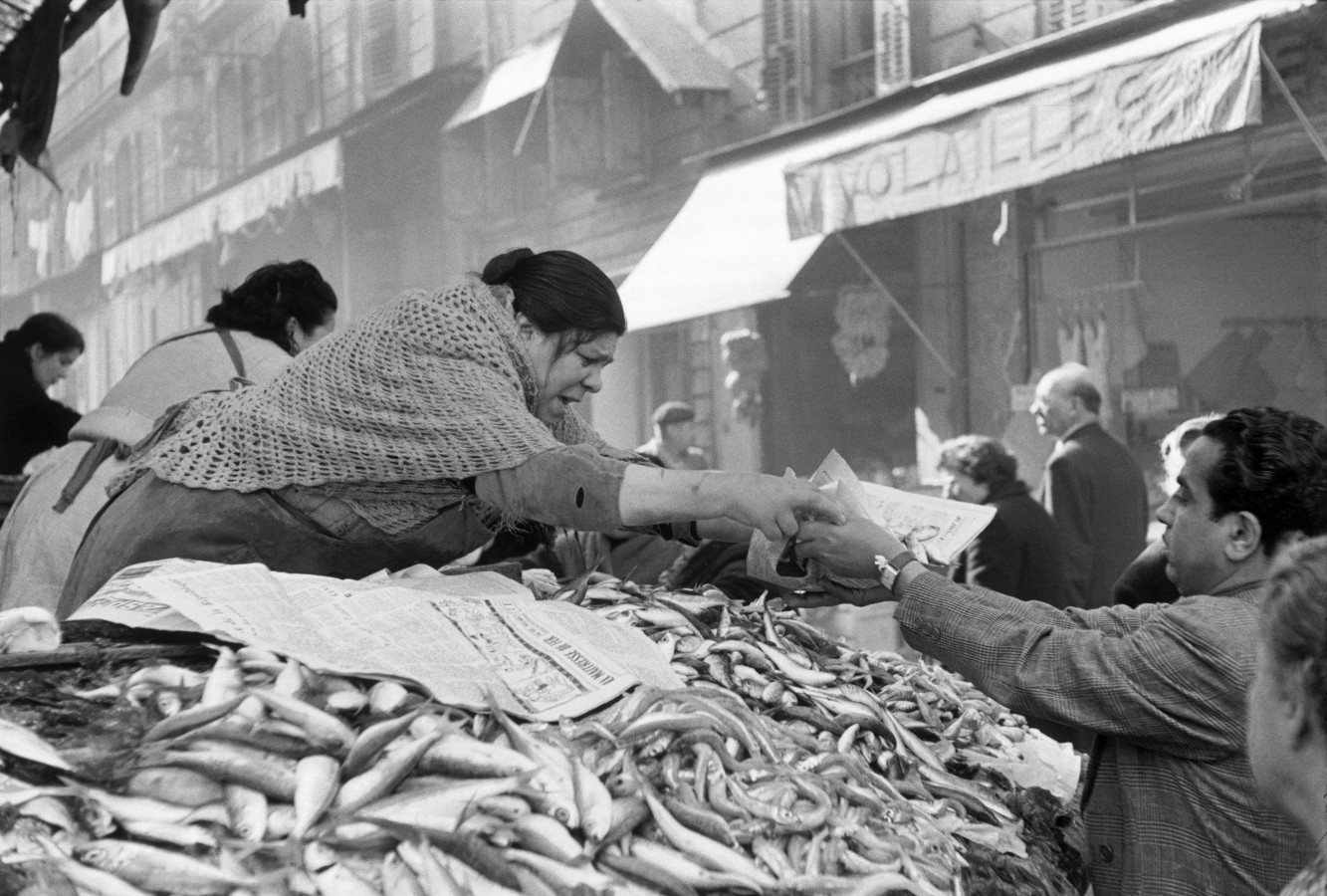
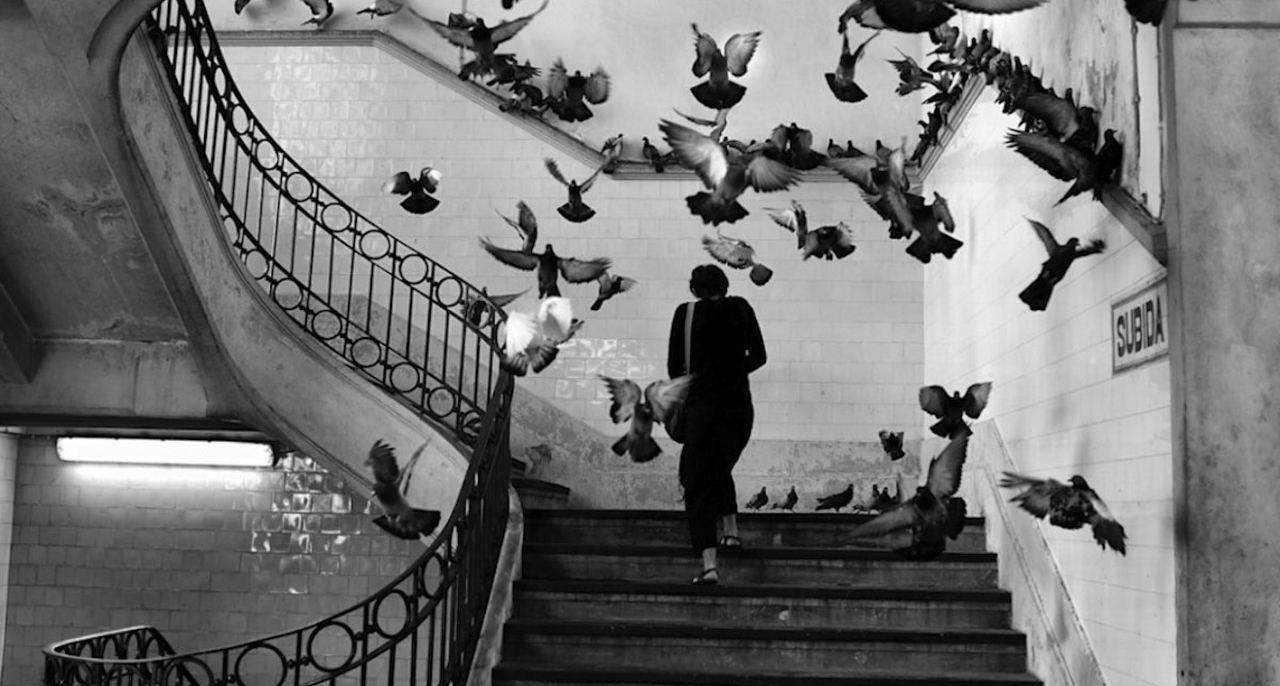

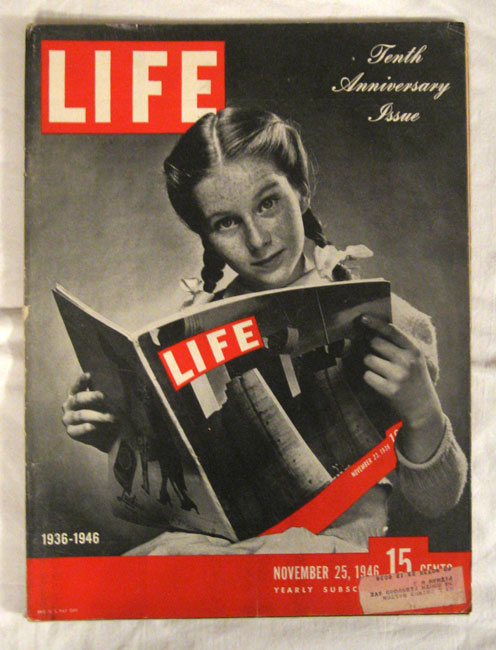



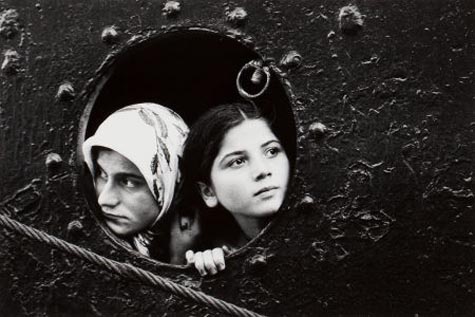


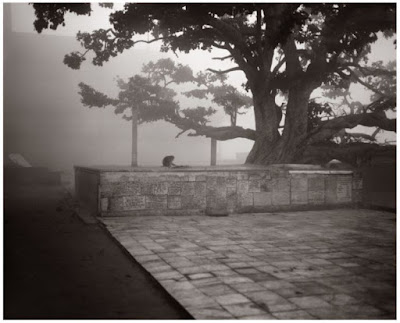


















No comments:
Post a Comment